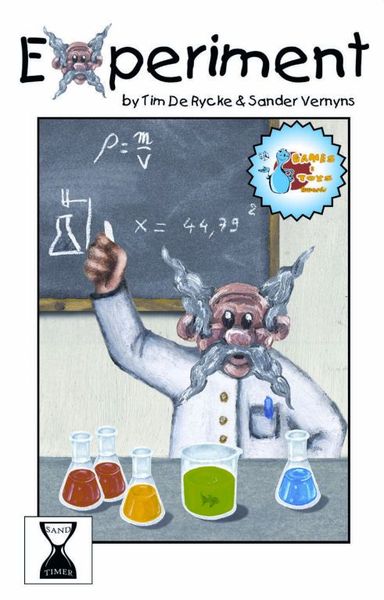Experiment (2006) Board Game
Experiment is a card game that was released in 2006 by designers Tim De Rycke and Sander Vernyns. The game is published by Magellan and falls under the categories of bluffing and set collection. With a runtime of 30 minutes and suitable for players aged 8 and above, Experiment can accommodate 3 to 6 players.
Game Components of Experiment
How To Setup Experiment
To set up the game, players first place their tokens on the starting node of the knowledge graph. Each player receives a set of triple cards and a rulebook. The objective is to move through the graph, forming valid subject-predicate-object triples by collecting and arranging the cards correctly.
Gameplay Mechanics and Game Objective
Mechanics
Objective
Player Experience
Playing this game would be an engaging and educational experience, especially for those interested in linguistics, artificial intelligence, or data science. Players would learn to quickly identify and form meaningful relationships between subjects, predicates, and objects, enhancing their understanding of how knowledge is represented in a machine-readable format.
Pros
Cons
Personal Thoughts on Experiment
This game would be ideal for students of linguistics, information science, or anyone curious about how data is structured in semantic webs. It offers a unique blend of education and entertainment, making it a valuable tool for teaching complex concepts in an engaging manner. However, given the absence of specific information about such a game, this description remains purely hypothetical.
We are supported by our audience. When you purchase through links on our site, we may earn an affiliate commission, at no extra cost for you. Learn more.

